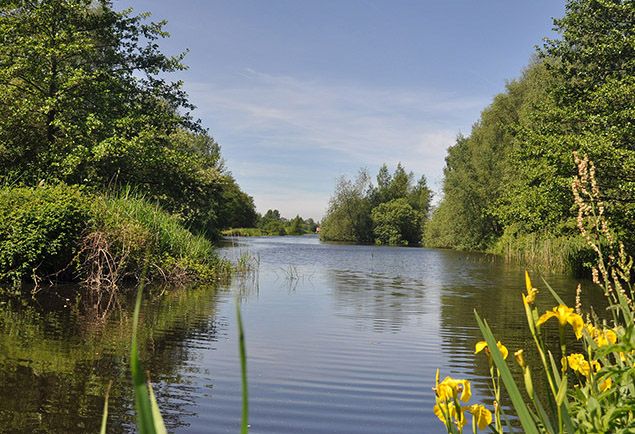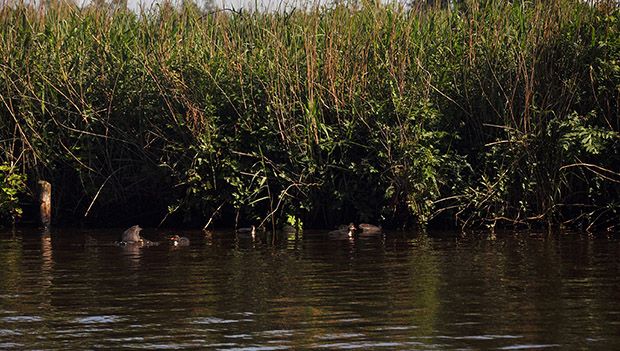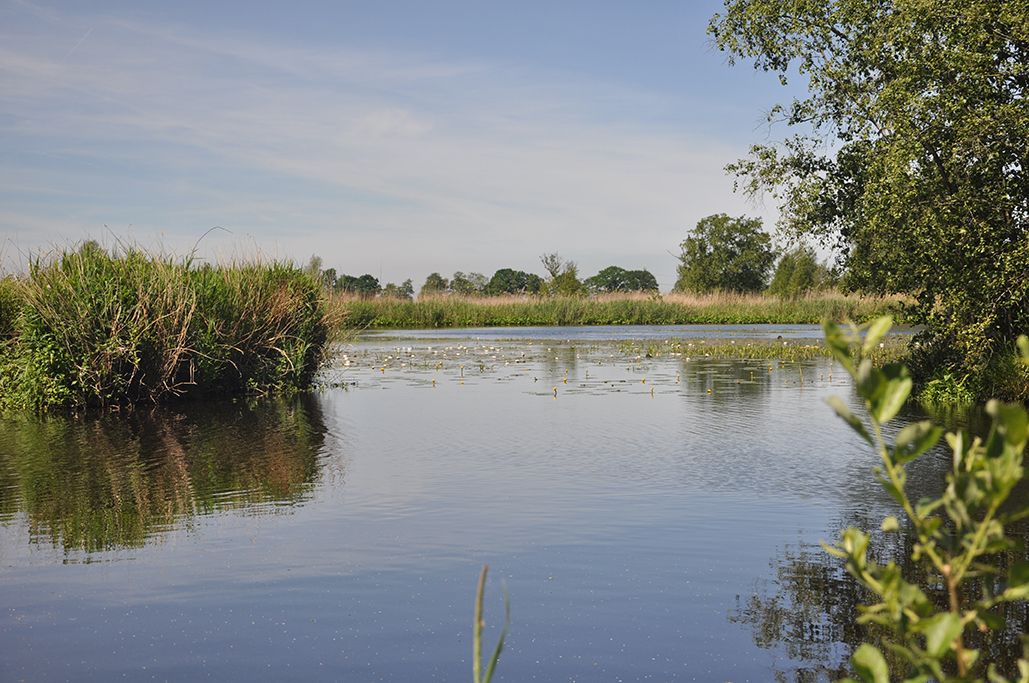The Rottige Meente – the first inhabitants of the area already settled in the thirteenth century and build up a mostly poor life. Peat extraction still occurred here late 19th and early 20th century. Since the soil was very wet, it was not well-suited for farming (‘Rottige’ means ‘Rotting’). A wet area did offer other economic possibilities, namely digging up the soil, drying it and selling it as fuel. Presently, it is a flourishing natural region with abundant flora and fauna; there are even otters. Paddle along the river Scheene and discover the secret of the Rottige Meente.
Most farmhouses and peat worker houses have been demolished by now. The remaining buildings show clearly that there was not exactly much going around here. The Rottige Meente had peat, reed, fish and space for a goat and sometimes a cow. The bare minimum to survive. People had to work hard to extract as much peat from the soil as possible. There was no time to relax for the peat workers. Peat extraction was more than just hard work. However, the landscape that arose is a unique combination of water and land, reed and quaking bog, flourishing pastures and peat pits.


At the start of the Scheene is the beautiful, restored Scheene sluice, which played an important role in the history of the Rottige Meente. The unlocking of the area for skippers happened with this sluice. You can still recognize an old café by the sign ‘de laatste stuiver’ (‘the last penny’). Currently a B&B, then an appealing mooring spot for waiting skippers.
Peat used to be shipped per flatboat.
Back when the Scheene was still navigated, bridges had to open now and then. With the help of a large boulder as counterweight, turning was made easy.
Going down the Scheene, you will encounter such a bridge, aptly named De Draai (The Turn).
The Rottige Meente houses many peat pits that you can enter with your boat. Peat pits were caused by peat extraction. Some of them are filled with water soldier. Water soldier can be recognized by its floating rosettes with bristly leaves. This plant only grows in clean water. Within a few years, the plant can grow into a floating mat that you can walk on.
On hot days, you might also spot a grass snake swimming. This is a non-venomous snake species.
A bird native to this area is the bearded reedling; you can recognize the reedling by its beautiful blue head with a black, drooping moustache.
You can also find the graceful white egret, you might hear the rare bittern and you may encounter a kingfisher.
Starting location Spangahoek 22 in Spanga.




